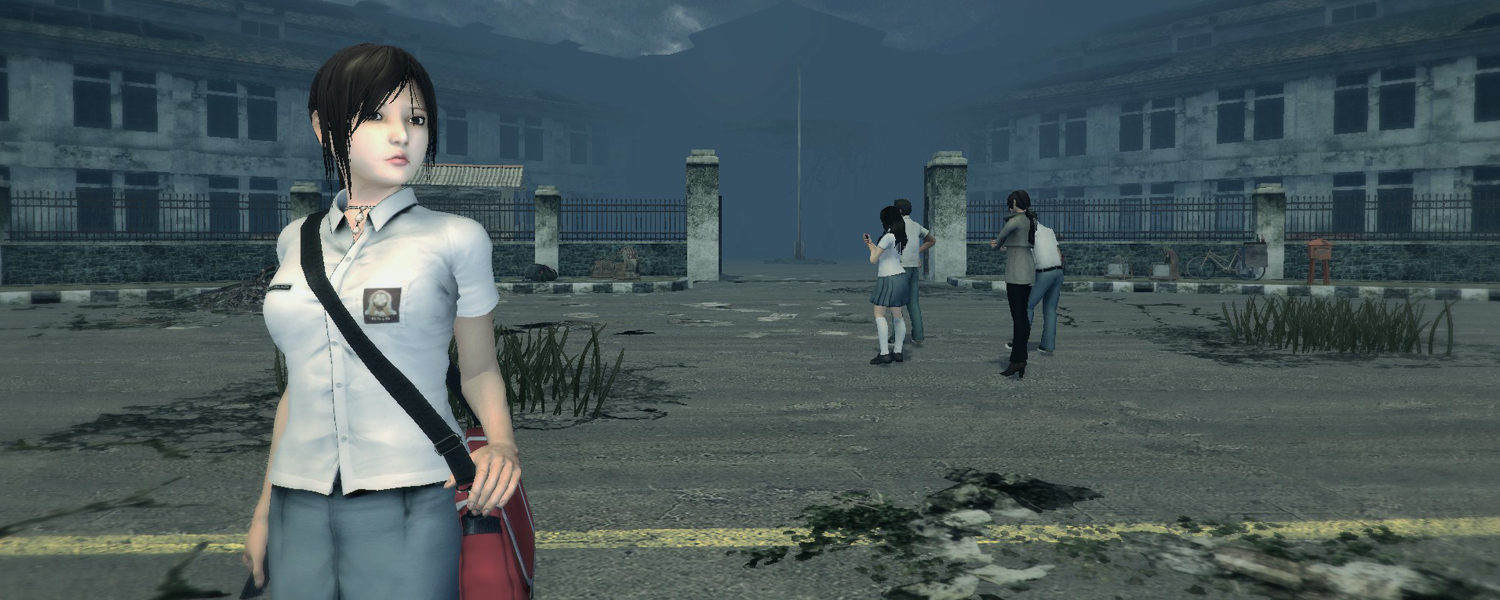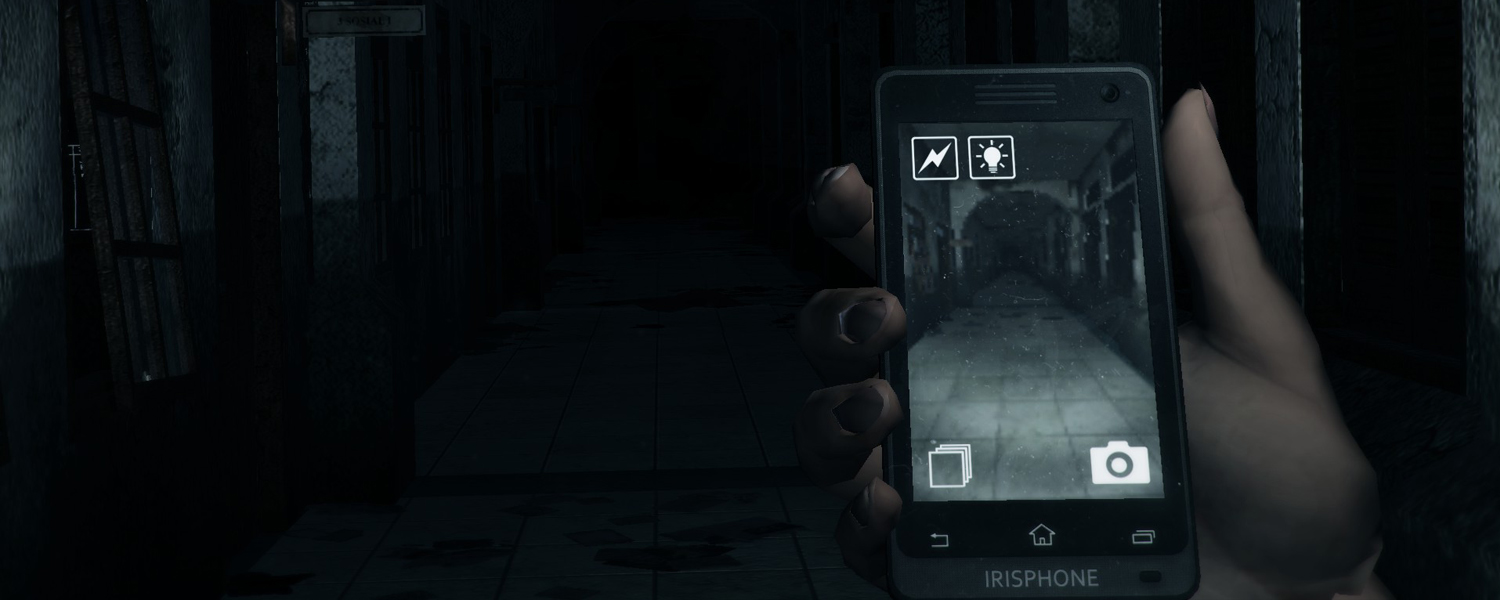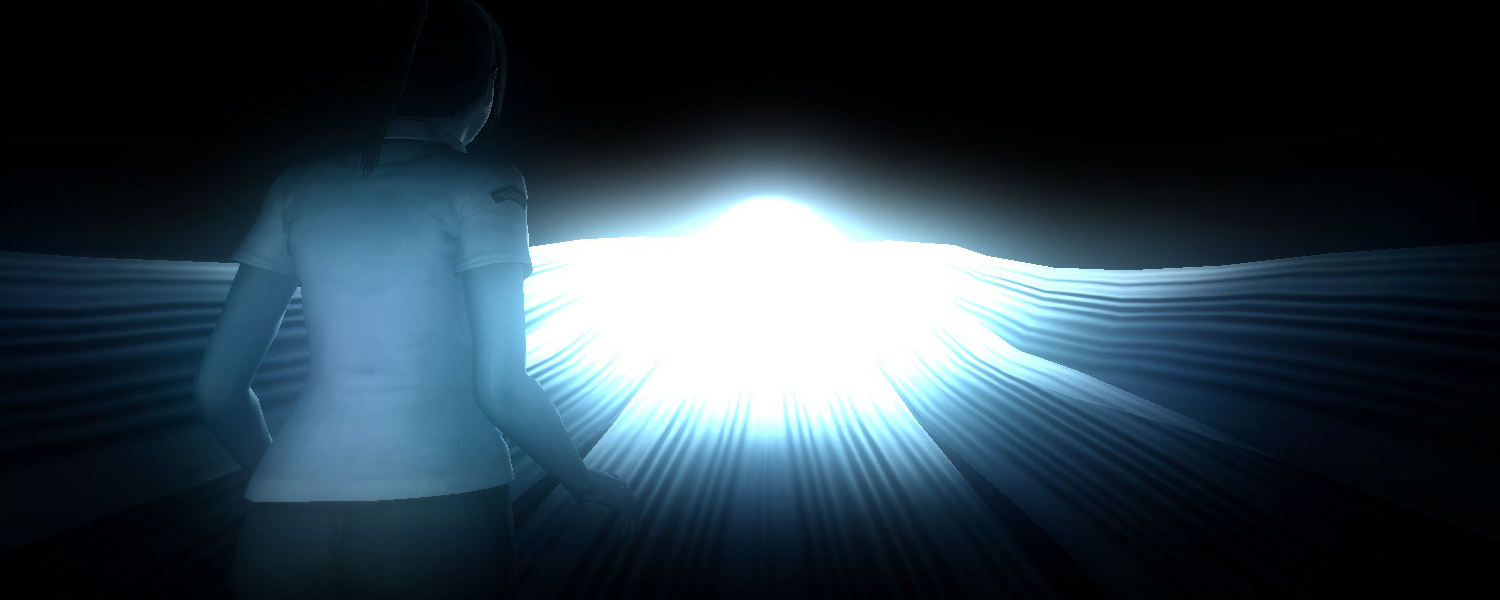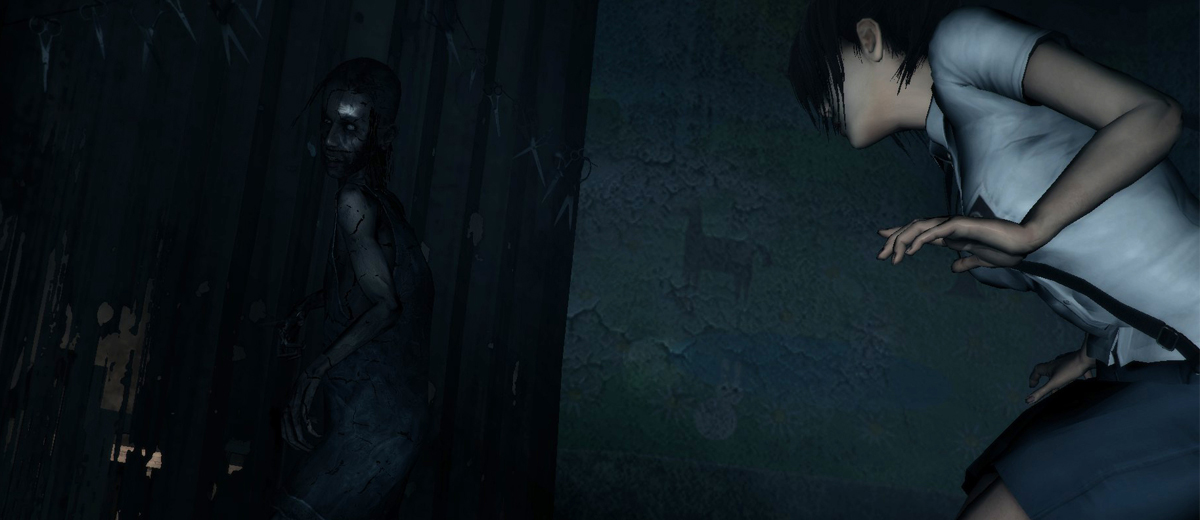
 DreadOut is a survival horror game designed and developed in Indonesia. As such, it features a lot of references to Indonesian folklore and mythology, which in itself is unique and refreshing considering these themes have not been explored to great extent in previous games. The game itself was developed through a crowdfunding campaign on Indiegogo, and was built on a budget of approximately US$29,000.
DreadOut is a survival horror game designed and developed in Indonesia. As such, it features a lot of references to Indonesian folklore and mythology, which in itself is unique and refreshing considering these themes have not been explored to great extent in previous games. The game itself was developed through a crowdfunding campaign on Indiegogo, and was built on a budget of approximately US$29,000.
The story follows Linda and a group of her friends, who come across a deserted village that isn’t on their map. Upon investigation, it becomes clear that there is much more to the town that meets the eye, as numerous ghosts start to appear at night time, and Linda herself feels as if there is something happening within her relevant to all the goings-on.

DreadOut will be delivered in three parts – Part One, Part Two and a Free Roam mode. Part One offers an interesting storyline, but it definitely leaves the player wanting more. This isn’t to say that the “journey” through Act One is unenjoyable – in fact – it’s pretty fantastically paced, but many people might feel unsatisfied at how much of the story has been obviously left out for a future iteration of Act Two. While the game’s pacing is pretty well done, there are some pretty common horror tropes exhibited here that many hardcore fans will roll their eyes at, but on the whole the writing and the story is pretty well focused – for what we’ve got here in the first act anyway.
 When talking about DreadOut, it’s important to highlight the two major ways in which DreadOut presents itself – on a more ambiguous, non-tangible atmospheric level, and on a technical level.
When talking about DreadOut, it’s important to highlight the two major ways in which DreadOut presents itself – on a more ambiguous, non-tangible atmospheric level, and on a technical level.
For the former, DreadOut is one of the most atmospheric horror games I’ve ever played. The village Linda explores is very much deserted, and most players will feel some discomfort as they explore the village – through a combination of miserable and dilapidated visuals along with a very well thought out soundtrack. This combination gives much greater weight to the game’s “scares” too.

On a technical level, the game already suffers from very dated visuals. Running on a simple Unity engine, DreadOut does not look very good at all, even on a good setup. Textures are muddy and Linda doesn’t really move or animate as fluidly as she should – this is particularly noticeable when Linda is “reacting” to scary things in the game – where the animations seem to be awkward and disjointed. One could argue that this is more of an attempt to appeal to the “old-school” style of horror games where everything wasn’t clean, crisp and in high definition, but it does result in a very ugly game. That being said, it’s worth commending the team for not reusing asses throughout the story as almost every area, texture and model was entirely unique – right down to signage posted around the area.
The strongest element of DreadOut’s presentation is easily the score. While the voice work is cheesy (as most would expect from a game of this calibre), the soundtrack is particularly effective at establishing a brooding atmosphere. There are little games that have a soundtrack similar to this – though the closest one would have to be the relatively unknown Cursed Mountain, featuring some very sombre Gong-like instrumentation. The soundtrack mixes some ominous and ambient tracks with some heavier, yet subdued guitar pieces. It feels quite similar to Akira Yamaoka’s work, but significantly less polished in terms of production and with a uniquely localised Indonesian tinge. Most good horror games manage to use their scores to instil dread and fear into the player – and there were many times in DreadOut where I would ponder whether a distant noise was part of the game’s moody soundtrack or an actual occurrence in-game. It keeps you on your toes, essentially.
 Anyone who has experience with the Fatal Frame/Project Zero series will know how DreadOut plays. Linda is armed with a smartphone, which she can use to light up the area as well as take photos of ghosts. The idea behind the game is pretty simple, and also similar to Fatal Frame – the game rewards players for letting the ghosts get closed before taking a photo of them by doing more damage to said ghost. It’s a simple system that distils risk-reward to its purest components, but it works very well in a game like this.
Anyone who has experience with the Fatal Frame/Project Zero series will know how DreadOut plays. Linda is armed with a smartphone, which she can use to light up the area as well as take photos of ghosts. The idea behind the game is pretty simple, and also similar to Fatal Frame – the game rewards players for letting the ghosts get closed before taking a photo of them by doing more damage to said ghost. It’s a simple system that distils risk-reward to its purest components, but it works very well in a game like this.
As with most horror games, there are numerous puzzles to solve throughout the village in DreadOut, and most of them are pretty well designed and not just thrown in for the sake of having puzzles. Those who explore more as they play will be able to find clues as to how to solve these puzzles, or non-subtle visual cues strewn throughout the environment. It feels like a rarity for horror games to get puzzles so right these days, and thankfully DreadOut does a good job at capturing the essence of what made puzzles in horror games so great. They’re reasonably challenging, and they’re foreshadowed well – although those who weren’t brought up on a healthy diet of Resident Evil and Silent Hill in the 90s may find trouble in advancing through some segments of the game, which give little to no indication of what to do next.

One of my biggest issues with Outlast, was the way the game seemed to lose creative steam as the narrative progressed. The scares became formulaic and predictable, and there were no more surprises in terms of enemies. DreadOut is quite different, which is surprising considering it’s meagre budget. There are a lot of occurrences in DreadOut that will scare the player, and the game doesn’t re-use the same old jump scares – and even better every ghost is unique. This variety in the enemy design is to be commended as it consistently keeps the game fresh – an issue with Outlast was once you saw some of the enemies up close and personal they became less scary on subsequent encounters. DreadOut remedies this not only with varied designs for the ghosts but also with varied methods of scaring the player. It’s not perfect, but it certainly makes an effort to scare the player consistently.
The team have also packed the game with a lot of optional content, some of which is so hidden that most player will not discover them in their initial play through. There are many ghosts, including a hidden boss battle, that are relegated to optional encounters. The general gist to discover most of these optional encounters is to ignore the game’s demands and engage in copious amounts of backtracking, but it can be enjoyable to be rewarded with a new and gruesome ghost to battle. Additionally, there’s some new areas that we stumbled upon too, but nothing really happened in them, so they feel kind of pointless, but it wouldn’t be surprising to see them utilised in future acts.
Without a doubt the most contentious issue with DreadOut is its length. While the game is challenging at time, most players will be able to breeze through it in anywhere between three and five hours. The team at Digital Happiness intend to make the second act of the downloadable content free, which is to be commended, though you’ll have to shell out for the Free Roam mode. By itself, Act 1 is not conclusive enough to recommend, but considering the future downloadable content which will house the conclusion, Act 2, is free, it’s hard to see the price as anything but a bargain. Just be warned that at present, Act 1 is over pretty quickly for most veterans.



